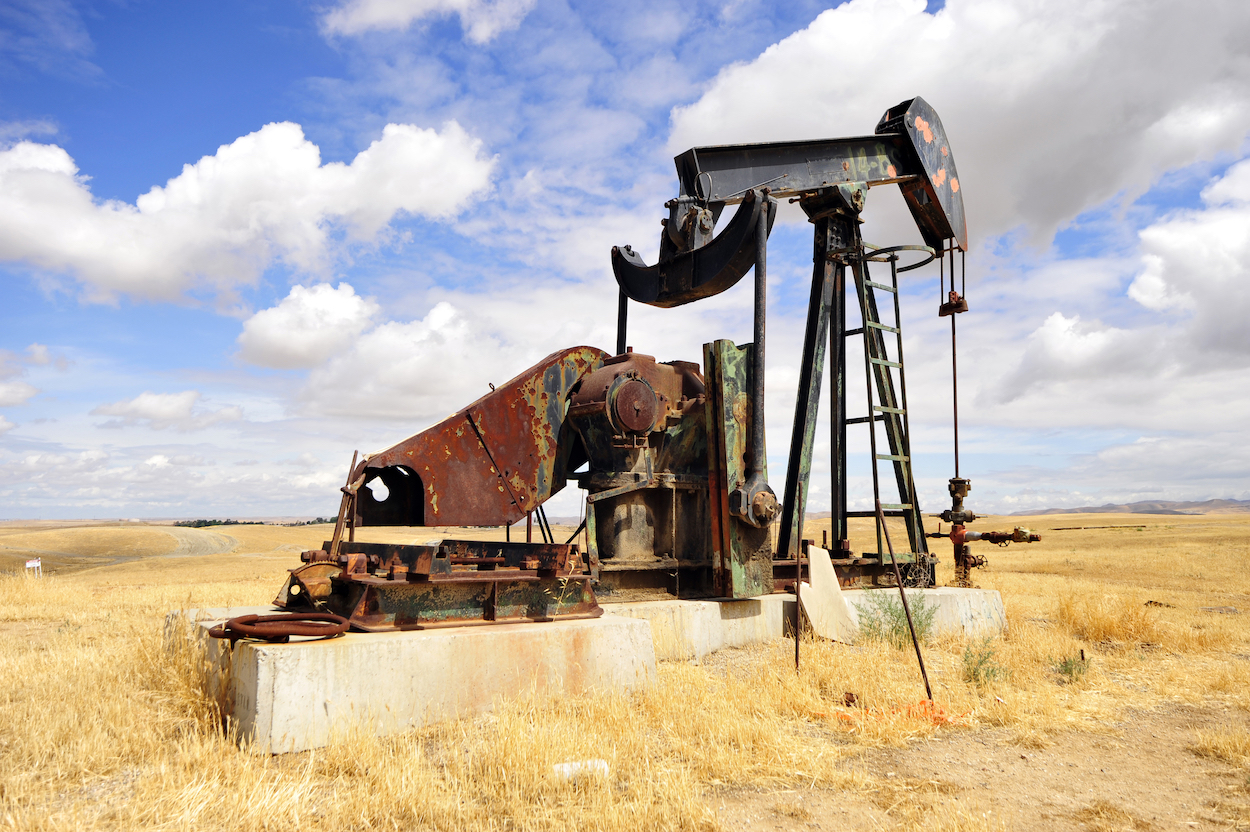Managing Oil & Gas Well Abandonment, Suspension, and Reclamation Projects
In the current regulatory and economic environment, managing oil & gas well abandonment project costs and execution is increasingly important.
Here we outline why wells are abandoned and suspended, the process, possible complications, and how suspended wells can be safely and efficiently monitored.
Why do we abandon oil and gas wells?
Wells are abandoned because they are uneconomical to produce or an operator’s mineral lease has expired.
Regulatory bodies like the Alberta Energy Regulator (AER) and British Columbia Oil & Gas Commission (BCOGC) have created rules and guidelines to follow when abandoning wells. These rules exist to protect the health and safety of residents living near abandoned wells, and the environment.
To meet regulatory rules and guidelines, wells need to be abandoned in a way that does not allow the communication of non-compatible formations within a well and to protect the groundwater near the surface.
How are oil and gas wells abandoned?
Well abandonment refers to the process in which assets on the surface and downhole are retired in a manner to protect health, safety and the environment.
Abandonment methods
There are a variety of methods to abandon oil and gas wells, depending on how the well was drilled and completed and its location.
For example, a vertical well penetrating the oil sands zone with a dual completion over multiple zones is going to be abandoned differently than the abandonment of an open hole, horizontal completion near Fort St. John.
Hydraulic and zone isolation to preserve natural formations
The single most important aspect of abandonment is isolating the zones within a well, so that fluids are contained within their natural formations.
Hydraulic isolation can be achieved through various techniques including bridge plugs, cement retainers, cement plugs, and perf and squeeze operations.
Well abandonment process
Design an abandonment program to identify wellbore integrity issues, producing and/or injecting formations, types of completions, groundwater zones, and the evaluation of cement behind the casing strings.
Downhole abandonment to remediate issues present in the wellbore, including: isolating porous zones, remediating gas migration or surface casing vent flows (SCVF), and isolating groundwater.
Prepare and verify downhole abandonment: the wellbore is filled with non-saline or non-corrosive fluid and is assessed to ensure the long-term integrity of the well.
Surface abandonment: remove the wellhead, surface facilities, and any pipelines on the lease.
At this point, the well license would be considered abandoned, but it would still be the duty of the operator to ensure the lease was reclaimed to its original state. (See below for more about reclamation.)
What are some possible complications of well abandonment?
Abandonment operations can become complicated by fluid migration and leakage, which need to be addressed to avoid hazards to health, safety, and the environment.
Fluid migration in and around the wellbore
One of the major causes for fluid migration is a lack of good cement behind the production casing.
Fluid migration can cause gases or other fluids to flow up around the production or intermediate casing, the surface casing (surface casing vent flow or SCVF), or around the wellhead in the soil (gas migration).
This can be serious to health, safety and the environment because these gases can be toxic (such as H2S) or they can contaminate ground water.
Leakage due to corrosion or excavation damage
If a well is not abandoned properly, there is potential for the well to leak after the well has been cut and capped. Leaks could also be caused by corrosion or damage during excavation.
If a leak is detected, the wellbore is usually re-entered so that the source of the leak can be identified and isolated.
What is well suspension?
A well suspension is the operation taken to isolate fluids in the wellbore while providing a means to easily produce or workover the well in the future.
Why suspend instead of abandon a well?
Operators often choose to suspend instead of abandon wells, as it is usually less expensive and retains the option to use wells for observation, optimization, injection, disposal, or re-completion.
Downhole abandonments
If an operator wants to delay surface abandonment and reclamation, wells can be downhole abandoned. This means that the fluid isolation and other wellbore abandonment requirements are completed, but overall the lease is left in a “suspended” state.
How are wells suspended?
There are a variety of ways to suspend wells and which method you choose usually depends on the well type.
Assign risks according to well characteristics
Wells are assigned “risks” based on their completions, production, and composition of producing fluids.
For example, a “low risk” gas well could be suspended simply by shutting in the wellhead and chaining up the wellhead valves.
On the other hand, a “high risk” critical sour well must be suspended in a way to ensure that sour gas cannot leak and pose a threat to health, safety and the environment. (One method is a bridge plug capped with cement over the producing or injecting zone.)
Follow pressure testing and frequency requirements
When a well is suspended it is usually subject to pressure tests. Depending on the suspension method used as well as the well type, pressure tests can be of either the wellbore or wellhead seals. Pressure testing frequency ranges from 1 to 5 years.
Forced remediation
Even if the wellbore was suspended properly, regulatory bodies may force the remediation of any high threat level wellbore issues.
What is reclamation? How does it relate to well abandonment?
While abandonment refers to the well itself, reclamation is the process of returning the disturbed land on a lease to its former state, or repurposing it for another productive use.
Pre-disturbance assessments (before drilling begins)
The lease reclamation process relies on pre-disturbance environmental site assessments, which are a collection of historical data including soil and vegetation details.
Well abandonment
After a lease is no longer needed for drilling and production operations, and the wells are successfully abandoned, the reclamation project can start.
Lease reclamation or repurposing
Typically, reclamation projects focus on returning the lease as close as possible to its previous condition. Projects usually include work to restore the top-soil, vegetation, and drainage profile.
Monitoring
After the reclamation work has concluded, the lease is regularly monitored to evaluate the progress and success of the project. Depending on the regulatory requirements, monitoring can be limited or extend for years.
Certification
Finally, when the appropriate regulatory body determines the reclamation project was successful, they will award the former operator with a reclamation certificate.

